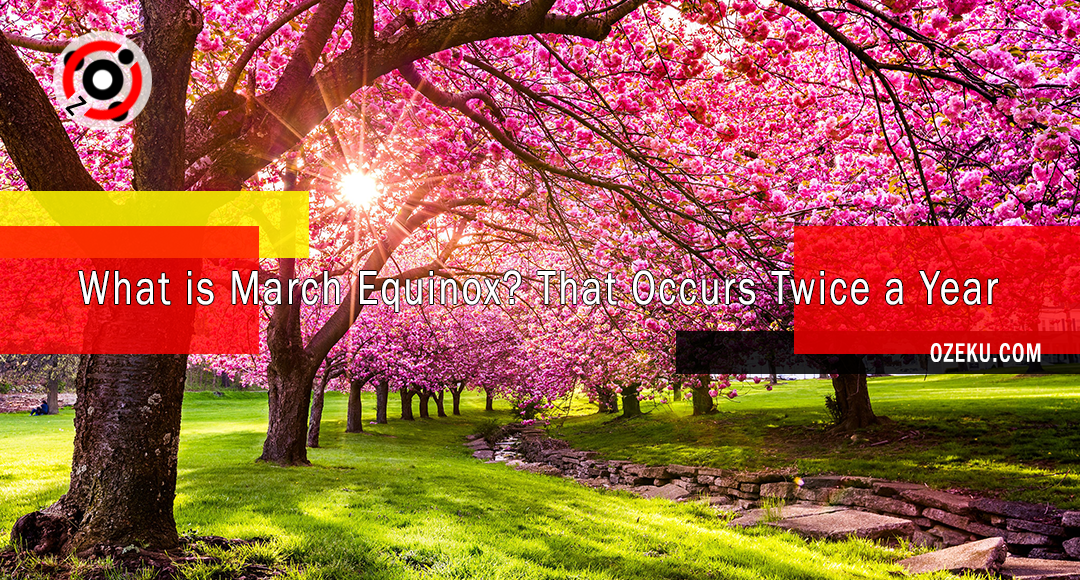Contents
The March Equinox, also known as the Vernal Equinox, is an astronomical event that occurs twice a year, in March and September. It marks the moment when the Sun appears to cross the celestial equator, which is an imaginary line in the sky that represents the Earth’s equator projected outwards.
During the March Equinox, the Sun is directly above the equator, and day and night are nearly equal in length all over the world. This is why it is sometimes referred to as the “equal night” or “equilux.”
In the Northern Hemisphere, the March Equinox marks the start of spring, while in the Southern Hemisphere, it marks the start of autumn. The exact date and time of the March Equinox vary from year to year, but it typically falls around March 20th or 21st.
The March Spring Equinox is a Significant Event in Many Cultures
The March Equinox is a significant event in many cultures and religions around the world. For example, it is celebrated as the New Year in some cultures, such as the Persian and Baha’i calendars.
In addition to its cultural and religious significance, the March Equinox also has important scientific implications. It is used as a reference point for astronomical calculations, and it is used to define the boundaries of the Earth’s seasons.
The March Equinox occurs as a result of the Earth’s orbit around the Sun. The Earth’s axis is tilted at an angle of about 23.5 degrees relative to its orbit, which causes the Sun’s rays to hit the Earth at different angles at different times of the year. During the March Equinox, the tilt of the Earth’s axis is not inclined towards or away from the Sun, so the Sun’s rays are directly overhead at the equator.
Overall, the March Equinox is a fascinating and important astronomical event that has both cultural and scientific significance.
What is Spring and When it Will Happen
Spring is one of the four seasons, typically occurring between winter and summer. It is characterized by longer days and warmer temperatures as the earth begins to tilt towards the sun. In the Northern Hemisphere, spring usually starts around March 20 or 21, while in the Southern Hemisphere it begins around September 22 or 23.
Spring is often associated with new growth and rebirth, as plants and trees start to bloom and animals come out of hibernation. It is a time of renewal and rejuvenation, and many cultures around the world celebrate spring with festivals and rituals that honor the changing of the seasons.
Some of the popular symbols of spring include flowers such as daffodils and tulips, baby animals such as lambs and chicks, and Easter eggs and bunnies in many cultures. Spring is also a popular season for outdoor activities such as gardening, hiking, and picnics.




